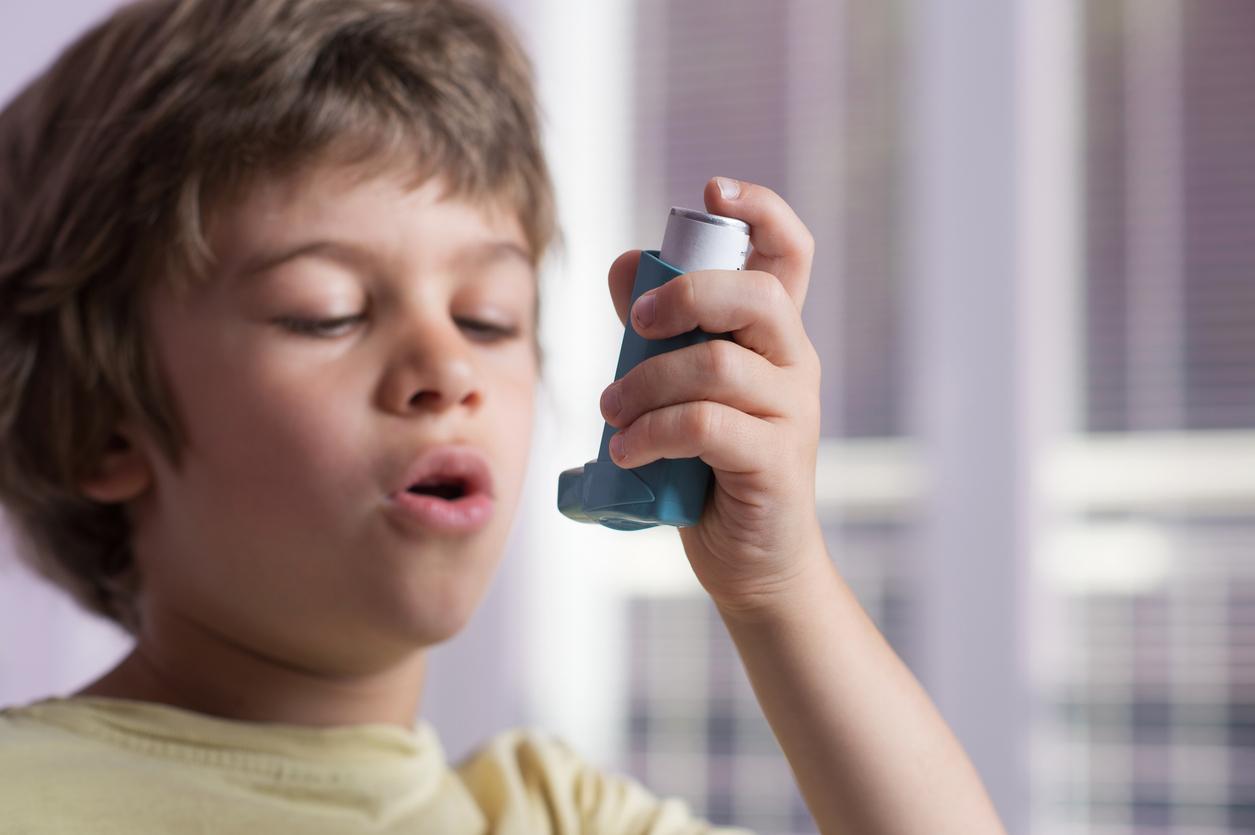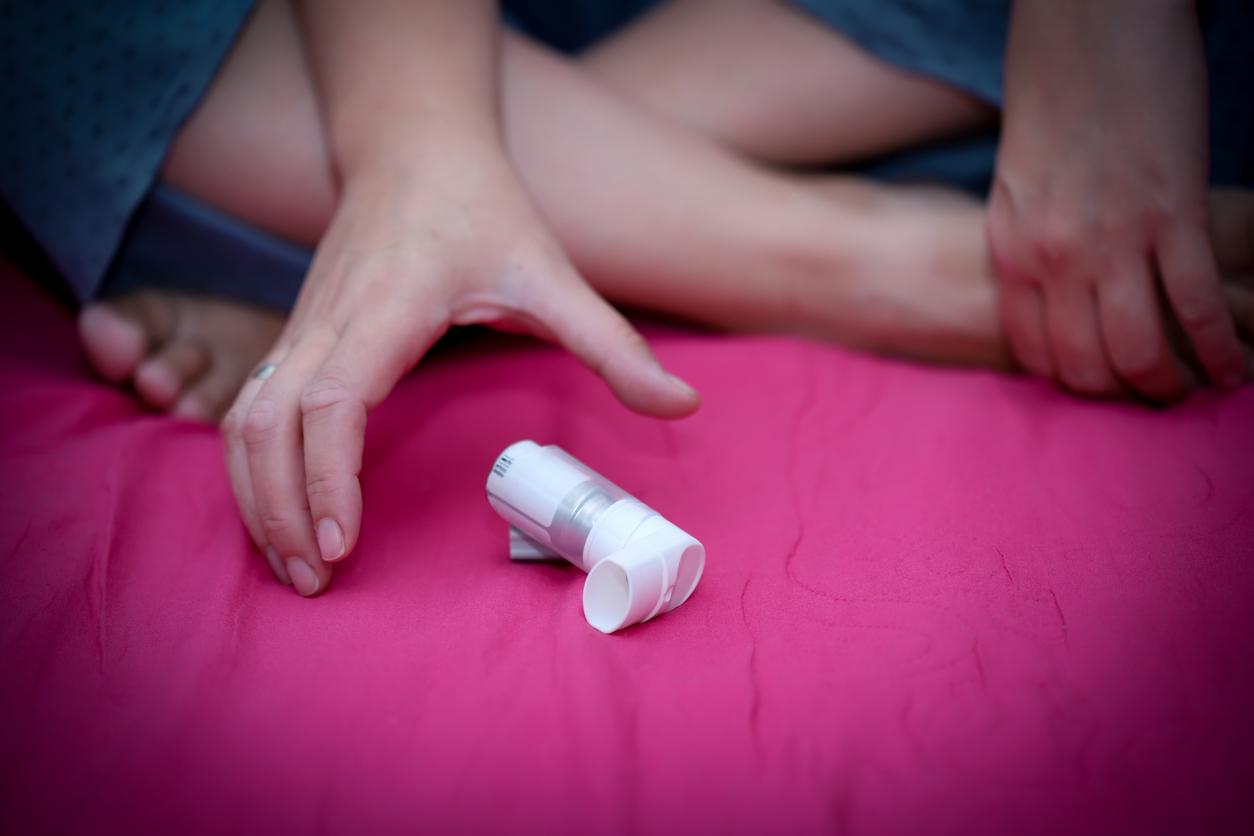Our environment is made up of chemicals and the furniture in our home is apparently no exception. Toxins have been found in the urine and blood of children.

Cleaning products, toothpaste, shampoo and detergent… The more studies there are, the longer the list of products made up of potentially harmful chemical substances. A team of American researchers, led by Heather Stapleton, an environmental chemist, looked at the furniture in our homes and the consequences that the substances discovered can have on children and their development. The results of this study were presented at the annual meeting of the American Association for the Advancement of Science in Washington DC.
Exposure to semi-volatile organic compounds (SVOCs)
For this study, the researchers analyzed the exposure of children from 190 families to substances called semi-volatile organic compounds (SVOCs). These have not been the subject of much scientific study, but we know that they come from fumes from detergents, paints, floor or wall coverings. They are also found in electrical cables, shower curtains or even old seals.
Some semi-volatile organic compounds also come from cigarette smoke or the burning of incense. The particularity of COVS is that they do not disappear thanks to aeration and can remain in an environment for several years. The researchers analyzed children’s exposure to these substances over three years, with samples of indoor air, dust and foam contained in their homes.
Up to six times more toxins in the blood
Semi-volatile organic compounds actually represent several categories of substances. Among the most present, there are phthalates, which are found in plastic materials and which are likely to cause asthma. But in housing, chemical compounds are numerous. “We quantified 44 biomarkers of exposure to phthalates, organosphosphates, brominated flame retardants (BFRs), parabens, phenols and antibacterial agents”, explains Heather Stapleton.
Also, scientists have discovered that when a sofa, for example, has traces of polybrominated diphenyl ethers (PBDEs), children have six times more traces in their blood than those who live in accommodation without this substance. Exposure to polybrominated diphenyl ethers can cause diabetes, liver and thyroid problems. But also adverse effects on the nervous system, the immune and reproductive system.

.















